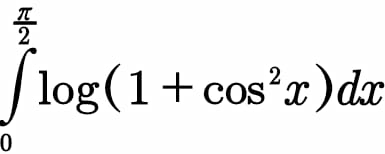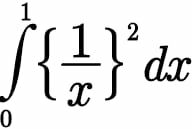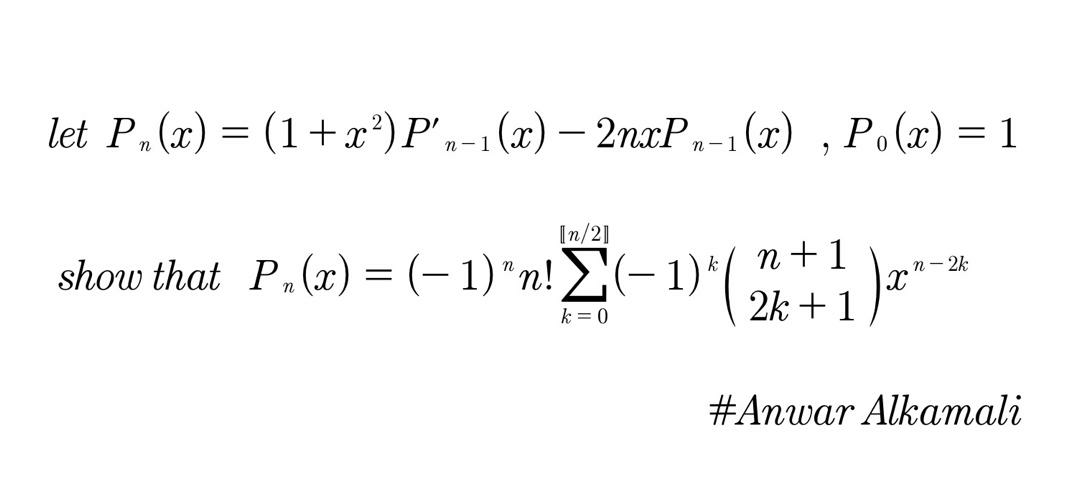
OthersQuestion and Answers: Page 71
Question Number 90018 Answers: 1 Comments: 2
Question Number 89986 Answers: 0 Comments: 3
Question Number 89980 Answers: 0 Comments: 2

Question Number 89953 Answers: 0 Comments: 1
Question Number 89956 Answers: 0 Comments: 1
Question Number 89937 Answers: 0 Comments: 1
Question Number 89936 Answers: 1 Comments: 0
Question Number 89934 Answers: 0 Comments: 0
Question Number 89745 Answers: 0 Comments: 2
Question Number 89728 Answers: 1 Comments: 0
Question Number 89661 Answers: 0 Comments: 3
Question Number 89626 Answers: 0 Comments: 1

Question Number 89620 Answers: 0 Comments: 0
Question Number 89446 Answers: 0 Comments: 1
Question Number 89324 Answers: 0 Comments: 1

Question Number 89244 Answers: 0 Comments: 1

Question Number 89236 Answers: 1 Comments: 0
Question Number 89238 Answers: 1 Comments: 1
$$\int_{\mathrm{7}} ^{\mathrm{12}} \mathrm{x}^{\mathrm{2}} \sqrt{\mathrm{x}−\mathrm{3}} \\ $$
Question Number 89200 Answers: 0 Comments: 0

Question Number 89144 Answers: 0 Comments: 0

Question Number 89143 Answers: 0 Comments: 0

Question Number 89126 Answers: 0 Comments: 0
Question Number 89093 Answers: 0 Comments: 0

Question Number 89092 Answers: 0 Comments: 2
Question Number 89074 Answers: 0 Comments: 1
Question Number 89063 Answers: 0 Comments: 0
